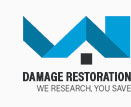 |
 |
 |
 |
|
|
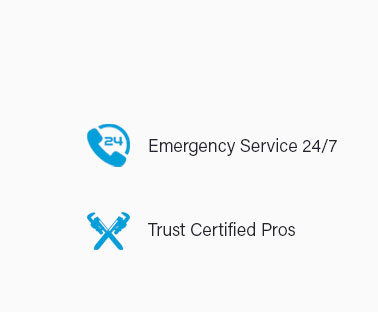 |
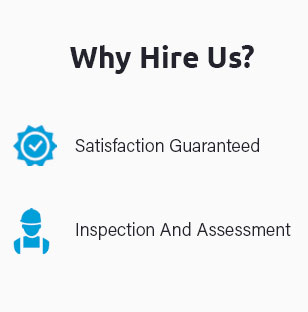 |
 |
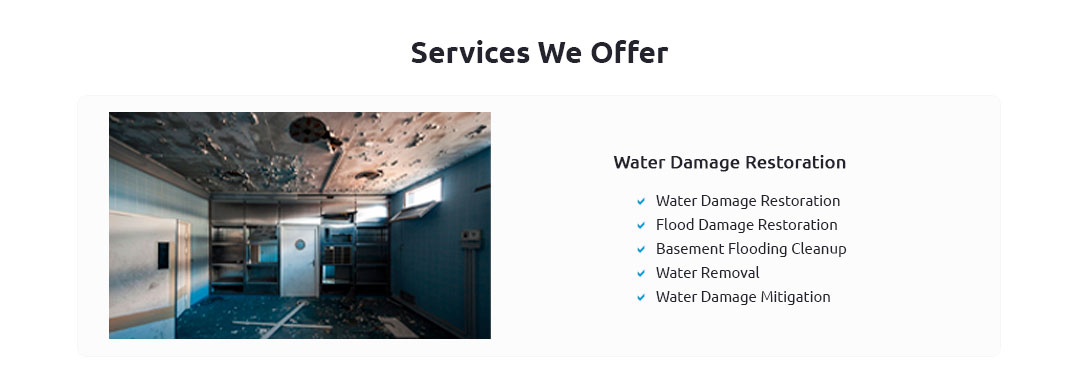 |
 |
 |
 |
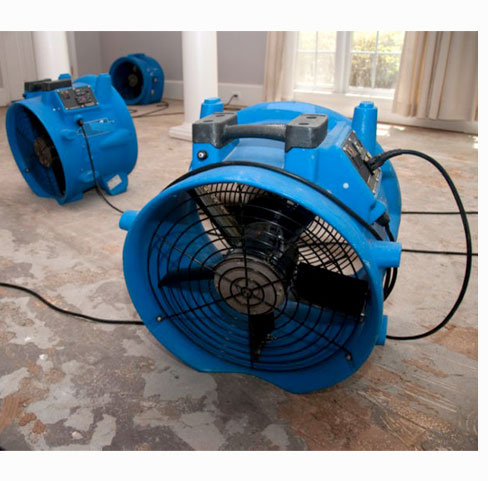 |
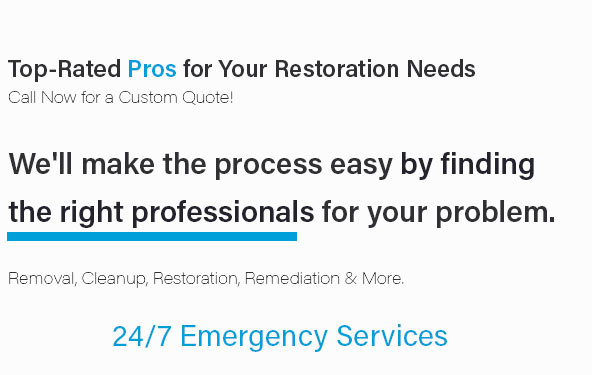 |
 |
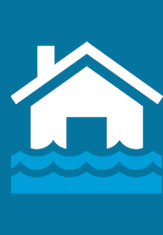 |
 |
 |
|
When disaster strikes and chaos ensues, our unparalleled water, fire, mold, and storm damage repair services stand as a beacon of hope, offering swift, expert residential water damage restoration that not only revives your home but restores your peace of mind; with an unwavering commitment to excellence, we transform devastation into resilience, ensuring your sanctuary emerges stronger, safer, and more beautiful than ever before-because when it comes to protecting what matters most, second-best isn't an option.
https://www.servicemasterbyzaba.com/water-damage-restoration/
Whether you're dealing with a burst pipe, leaky water heater or subfloor water damage, you can count on us. No home water damage ... https://www.rotorooter.com/chicago/water-damage-restoration/
Roto-Rooter offers reliable sewage cleanup, mold remediation, and water damage restoration in Chicago when the weather is too much for your pipes and plumbing. https://servicemasteroflakeshore.com/water-damage-repair-chicago/
In general, the average cost of water damage repair in Chicago runs between $3,000 and $8,000. The figure can be higher for extensive damage to ...
|
